When Gene Roddenberry ran the first few seasons of Star Trek: The Next Generation, he had a deliberate edict that there should be no conflict or drama between members of the bridge crew. This was a limitation many writers of the show balked at, but one might argue that from this adversity came better art because they had to think of new and different ways to approach the stories.
The idea was that in this idealistic future, people were open to hearing other ideas, even if they conflicted with their own. It was one way to approach the vision of a utopian future that the creator of Star Trek wanted to convey, even if it was not always the best or easiest choice.
By the end of the first half of Star Trek: Discovery‘s premiere, presented as two separate episodes – “The Vulcan Hello” and “Battle at the Binary Stars” – it is apparent that Gene Roddenberry’s edict has gone the way of the Tkon Empire.
This might be why some fans of the series have responded negatively – that, and some changes to the way fan favorite Klingons are presented. Many complain that this isn’t their Trek, the Star Trek they know and love. But if this show was the same as the series that came before, what would be the point?
There is some comfort to the format (or formula, if you prefer) that guided the five preceding series. And it is somewhat disappointing to see a departure from this. But the differences make for a fine show. The first few episodes of the season have propelled us into an exciting story that is bound to explore the depths of the human spirit, much like the series upon which Discovery is based. That it is told differently does not make it any less worthy than its predecessors.
To begin with, let us address a few of the most talked about aspects of the new show: Dutch angles, lens flair, and the Klingon aesthetic. Reaction to these elements is largely based on personal preference. If one does not like these choices, one may as a result not like the overall presentation. Some are bound to let reaction to these choices affect their enjoyment of the show. The techniques in question do not matter so much as ensuring they are employed for a reason of importance to the telling of the story.
The use of Dutch angles may at first seem out of place. An unfortunate byproduct of this point of view may result in feeling like the actors are going to fall off the screen. In watching “The Vulcan Hello” several times, however, I realized that, once the initial contact between Burnham and the Klingon Torchbearer occurred, the offending angles were focused primarily on the Starfleet side of things. When viewing the sequences set on the Klingon ship, the angles are static and level. The implication here seems to be that the Klingons are balanced and have a path that is clear to them, while the Starfleet crew is caught by surprise and are unsure of what steps to take next. It seems, then, that these Dutch angles serve an important visual purpose. It is a visual aesthetic that has cropped up in several episodes so far, but has not been used as extensively as in those first two shows.
I will admit that there is most likely no intrinsic reason for the lens flair; it is simply an aesthetic choice that ties the new series to the recent film resurgence that began in 2009. Although those films comprise an alternate timeline, the visual choices for that set of stories have carried over into TV Land.
Then there is the question of the ever-changing Klingons. In the history of Trek, we have seen the Klingons presented as a swarthy, darker-skinned and militaristic species, distinguishable from humans in only height and stature (and a liberal application of facial hair). Later, in Star Trek: The Motion Picture we saw them for the first time with forehead ridges and full leather and armor regalia. This carried over to the other films and into Star Trek: The Next Generation. There was an episode of Star Trek: Enterprise which attempted to explain the genetic disease that caused these differences in appearance.
Given the background of the Klingon’s genetic/augment virus, I am left to surmise as the season moves forward, especially given the positioning and scheming of “The Butcher’s Knife Cares Not for the Lamb’s Cry” that perhaps this further change in appearance will be explained as a sort of middle step on the way to the reconciliation of that genetic disease. As detail-oriented as I usually tend to be, I have not given this point much thought – the producers have stated that there will be an explanation. Logically, I cannot comment on this until I have seen it and so will withhold judgment until then.
One other major departure that this series takes from the Trek mythos is that of not placing main characters in a negative light. Over the years, this rule has been occasionally broken. Most notably the Deep Space Nine episode “By the Pale Moon Light” dealt with Captain Sisko indicating that he could live with having been party to a political assassination. And then there is Section 31, which does all the dirty work so that the Federation can have its utopian existence.
But in Discovery, Burnham’s mutiny leads to a prison sentence, as well as the perception amongst Starfleet personnel that Michael is responsible for the Klingon war. This series of events represents a deviation from a trope Trek has often relied upon, in which the main character disobeys orders for a noble reason, and receives little to no discipline for that disobedience. Ironically, this signifies another split with Gene Roddenberry’s vision. Roddenberry believed in the best within humanity. Many believe he would not have approved of Section 31 and Sisko’s actions, as well as the way that this series has started. But to disallow this kind of commentary belies the essence of Star Trek’s vision. I make such a strong case for this argument because it is important that the show be able to reflect the darkness that lies within the heart of man; to expect it to present characters devoid of this inner struggle is intellectually disingenuous. If we are to overcome the dark nature within our hearts, we must recognize that it exists, and we should be willing to accept that this duality exists even in the Picards and Kirks of the Federation.
Another point in favor of these first few episodes is that, while they favor action and are darker like DS9, they also reflect the influence of the Original Series. “The Vulcan Hello” is reminiscent of the TOS episode, “Balance of Terror.” In both, the Federation meets a civilization it has not encountered in nearly a hundred years, the alien race is able to hide behind a cloaking field, the episode intercuts between how both sides of the conflict react to the situation, and the Starfleet side is caught at a major disadvantage. There are a few other notable if tertiary connections between the two episodes. The scenario proposed by Sarek to Michael Burnham was one which Spock approved of in “Balance of Terror” – that of firing first and attempting diplomacy later. And of course, Mark Lenard who would go on to play Sarek also appeared in the latter episode as a Romulan Commander. There are other nods throughout Disovery to the Original Series: Burnham outthinks the ship’s computers; they mention General Order One (The Prime Directive); Captain Lorca keeps a tribble in his ready room; Captain Georgiou refers to Burnham as “Number One” (a callback to the TOS pilot, “The Cage“); Michael’s EVA to reach the Klingon buoy is reminiscent of Spock’s journey into V’Ger. There is enough fan service present to satisfy those who know the history of the future, as well as enough new material to be accessible by a new audience.
It cannot go without saying that CBS has chosen an odd approach to their presentation of this series. Airing the first episode on live television, and hiding the second behind a paywall did sow discord with the fan base. But the production company has also chosen to hedge its bets by making new episode available outside the U.S. via Netflix. It was a calculated move to see if their All Access app would bear fruit, and by all accounts it has; subscriptions to the app are up more than 200%. In a show of confidence, a ninth episode has been added to the initial run before a hiatus scheduled for November. It remains to be seen if CBS will be receptive to the commensurate message sent by any attrition that may occur once the season is over; many fans are stating they intend to drop the service during the winter hiatus and once the season has finished its run.
This entry into the annals of Trek is much darker than its predecessors – even more so than Deep Space Nine. But it is also hopeful. It espouses the spirit of Gene Rodenberry’s creations while staying true to the nature of humanity. It emphasizes the importance of exploration, even in the midst of war. It shows Starfleet and the Federation at a moment in time just before they begin to adhere more rigorously to the spirit of openness and positivity expressed by its early incarnations. It is, in many regards, a representation of the birthing pangs of the method of thought that will eventually be the basis for the Trek generations have come to know and love. If the rest of the series is anything like these first handful of episodes, it will prove itself worthy to bear the title of Trek. In fact, it already has.
TrekNews.net is your dedicated source for all the latest news on Star Trek: Discovery. Follow @TrekNewsnet on Twitter, TrekNews on Facebook, @TrekNews on Instagram and TrekNewsnet on YouTube.
Try CBS All Access for Free
Interested in signing up for CBS All Access to check out Star Trek: Discovery for yourself? Click here to receive one-week free.
[amazon_link asins=’B01N47VPJG,B01NAJ4HMI,1501164570,B074ZNRF1P’ template=’ProductGrid’ store=’treknenet-20′ marketplace=’US’ link_id=’ca0ab9bb-9bd1-11e7-8c3d-5d06f7971e49′]


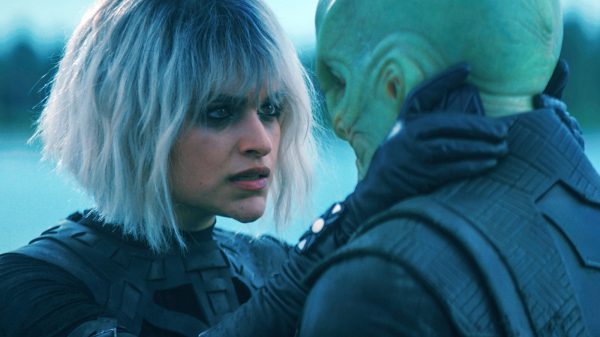
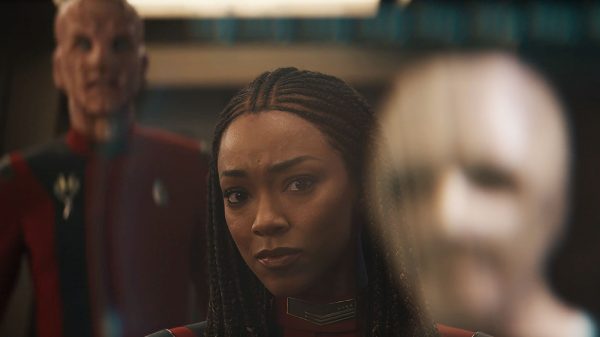
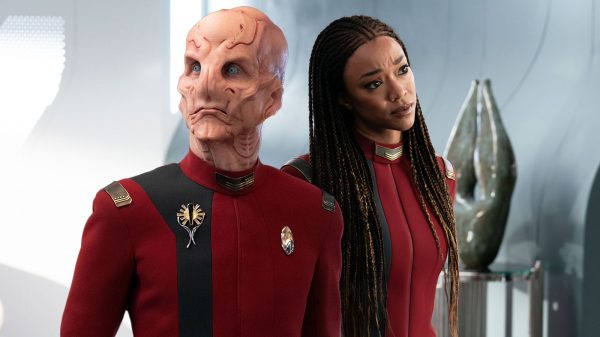
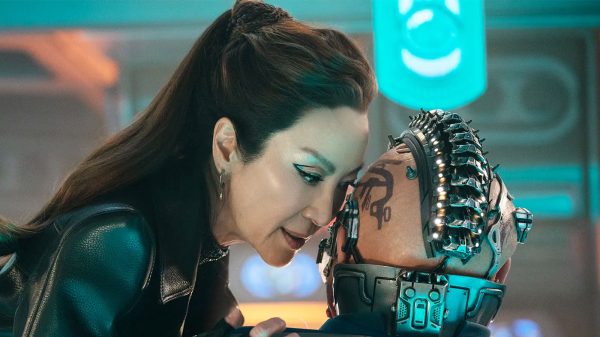
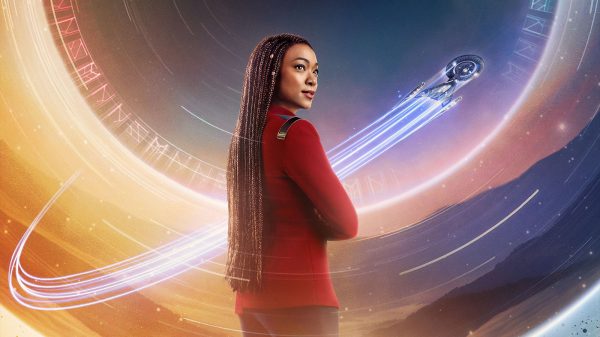
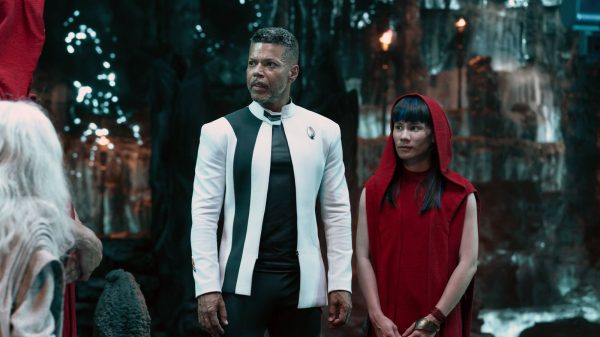
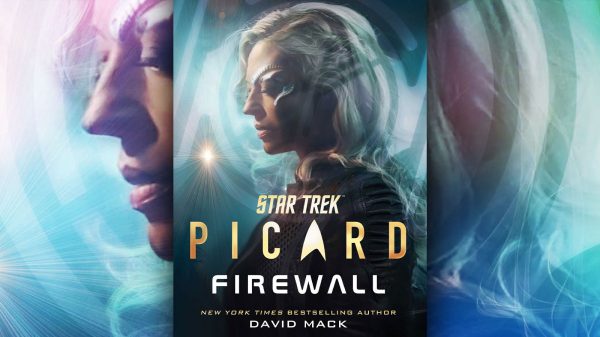
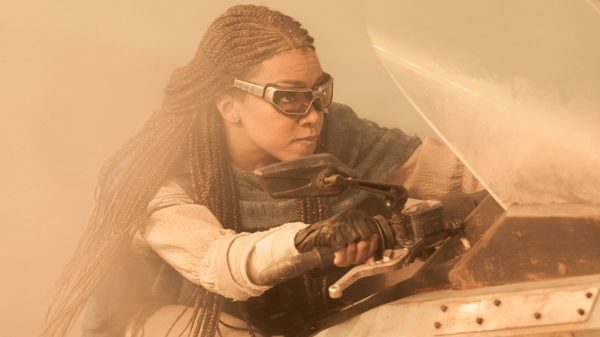
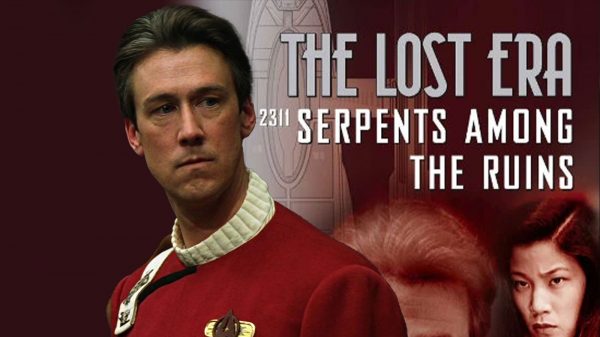
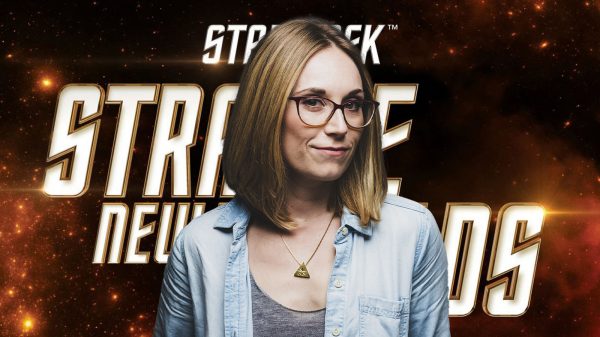
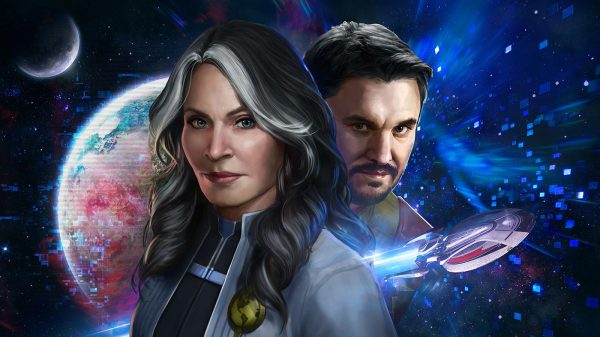


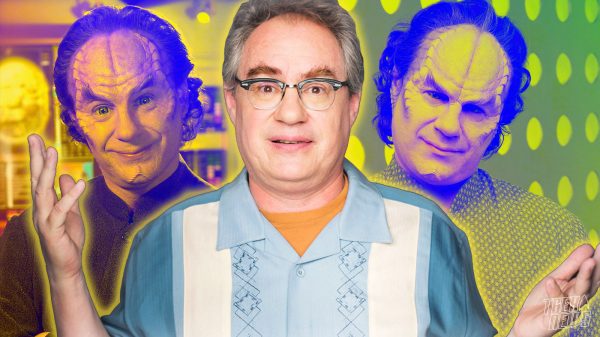

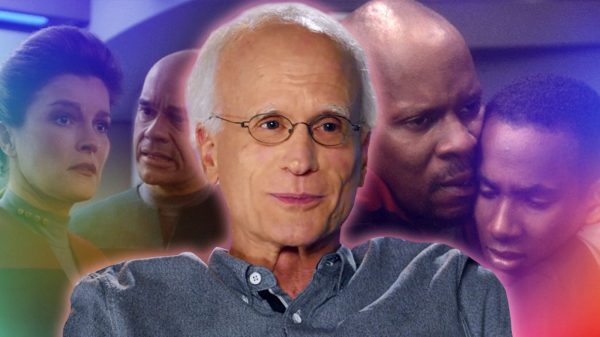
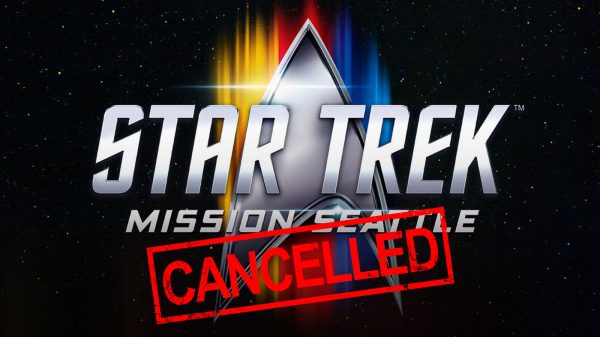

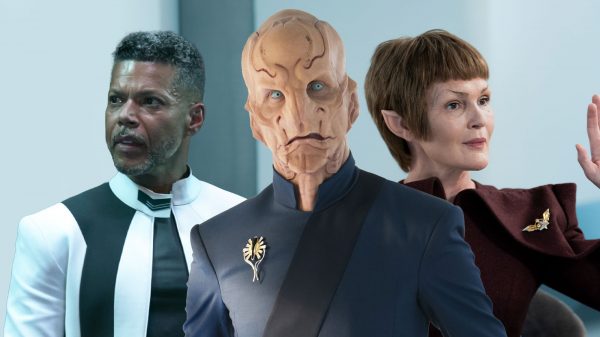
![2023: A banner year for Star Trek — here’s why [Op-Ed]](https://treknews.net/wp-content/uploads/2024/01/star-trek-2023-year-in-review-600x337.jpg)
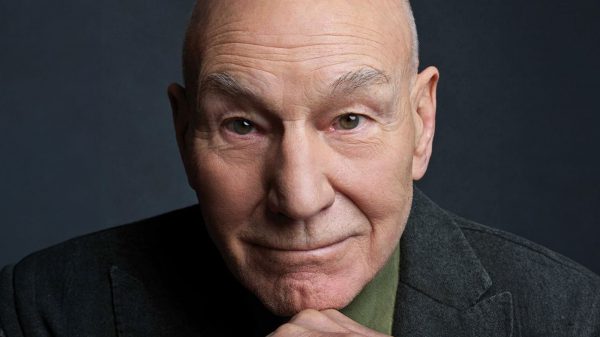
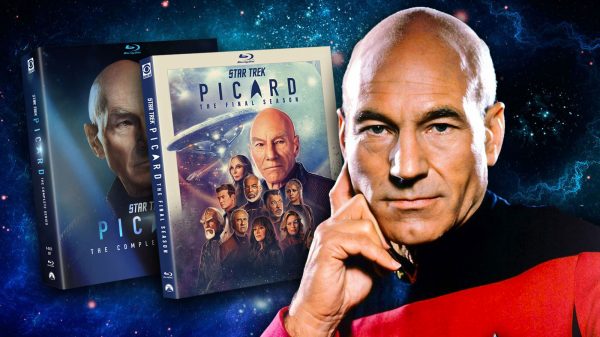
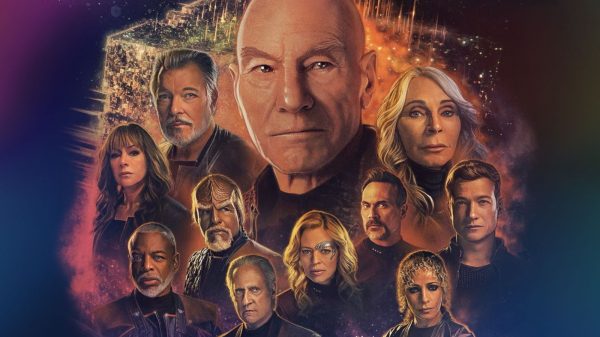
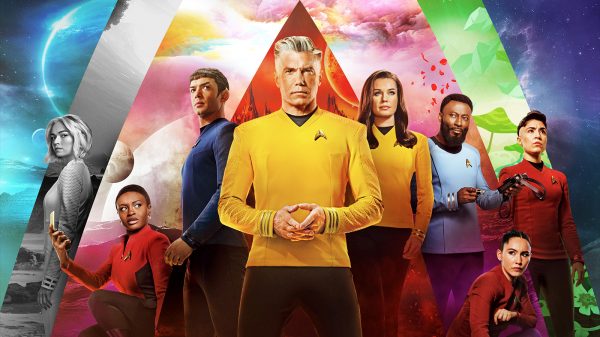
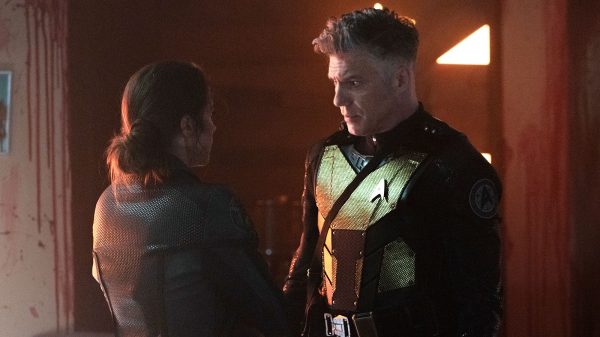
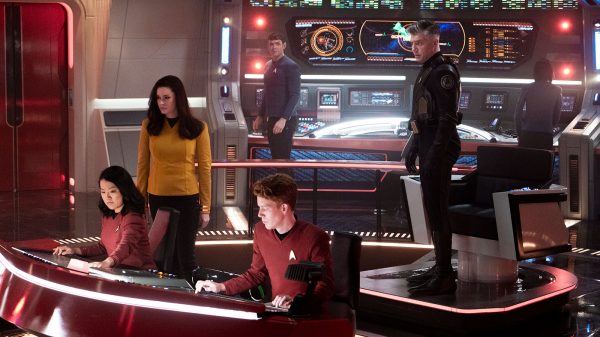
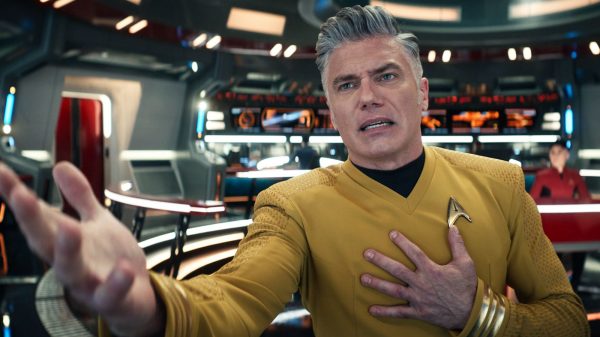
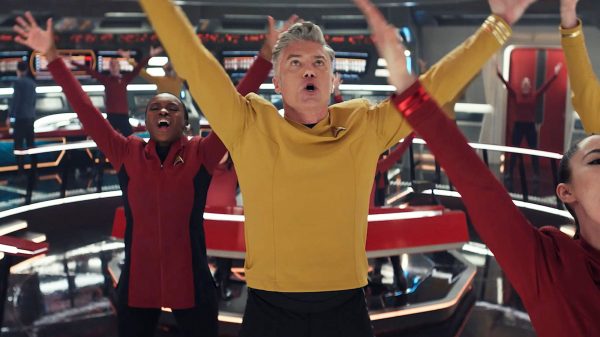
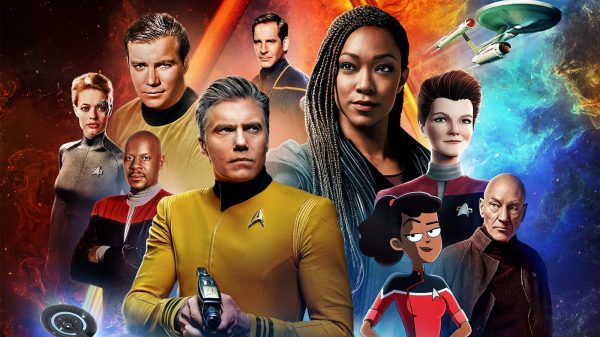

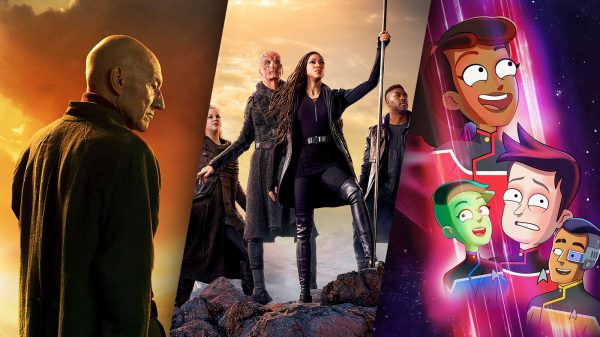
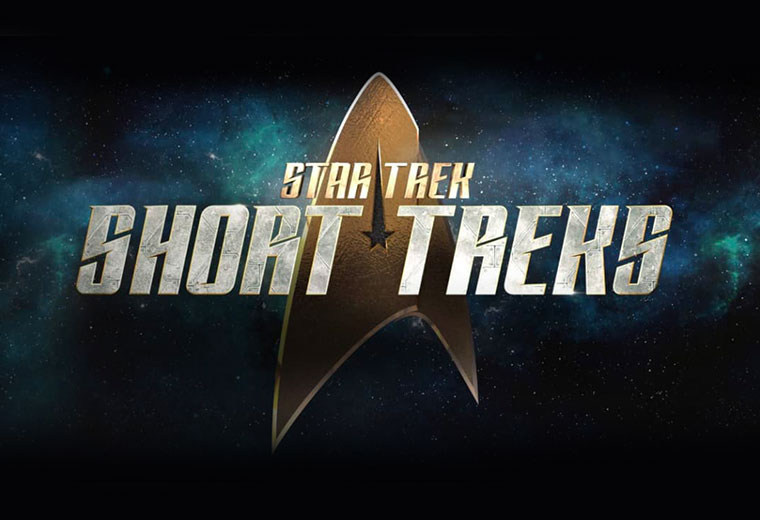
![[REVIEW] STAR TREK: SHORT TREKS "Children of Mars": All Hands... Battlestations](https://treknews.net/wp-content/uploads/2020/01/review-star-trek-short-treks-children-of-mars.jpg)
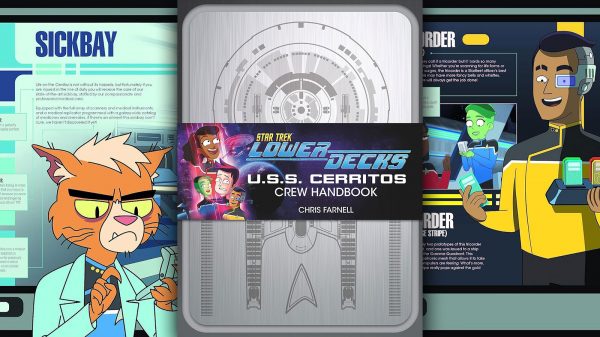
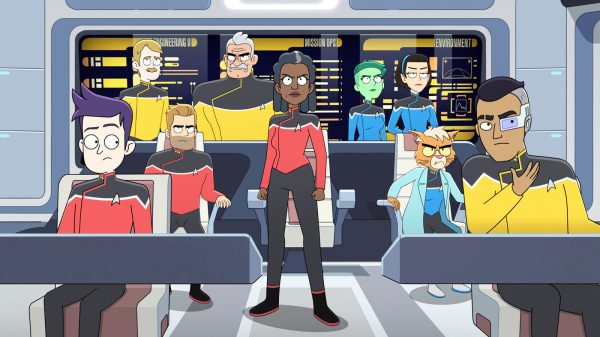
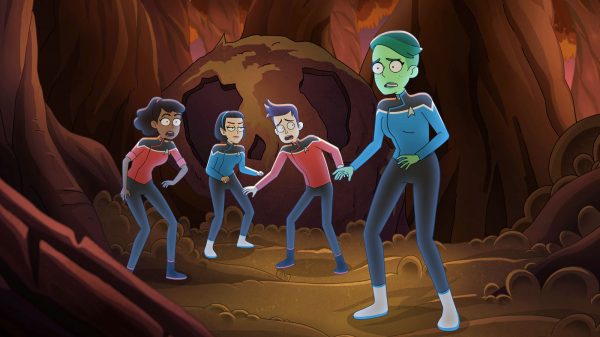
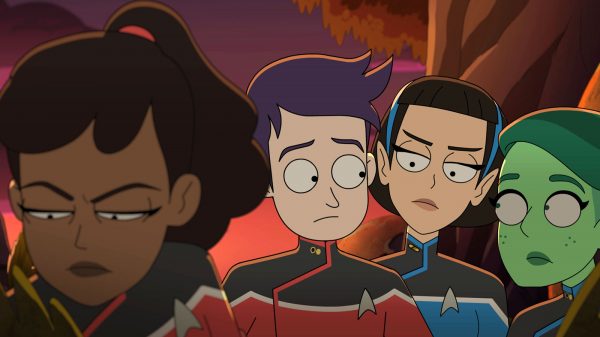
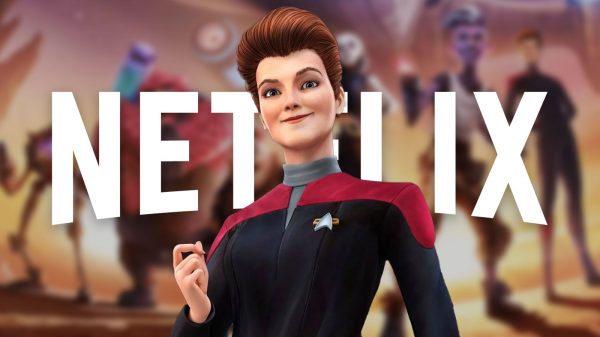
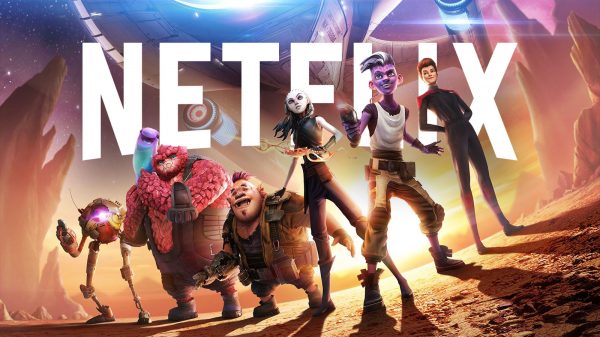
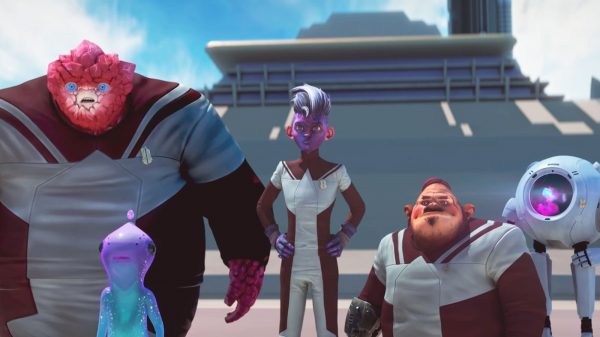
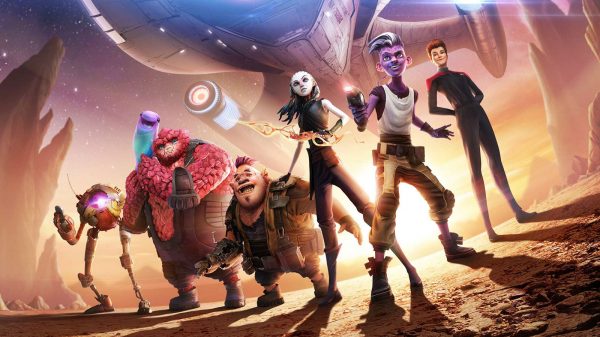
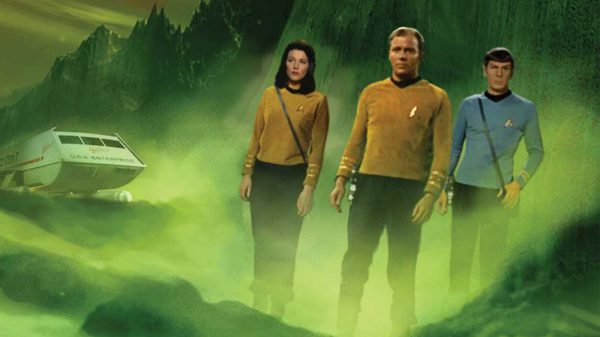
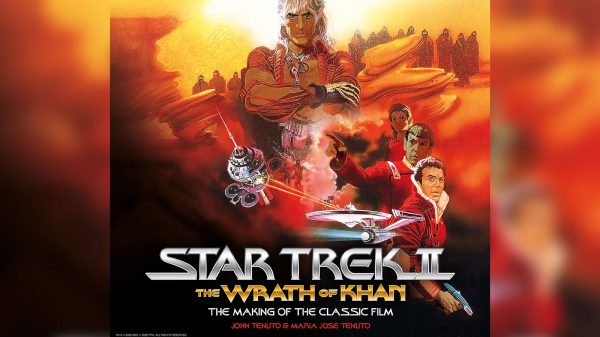
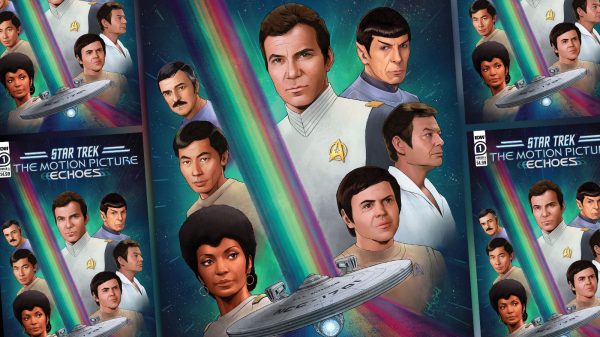
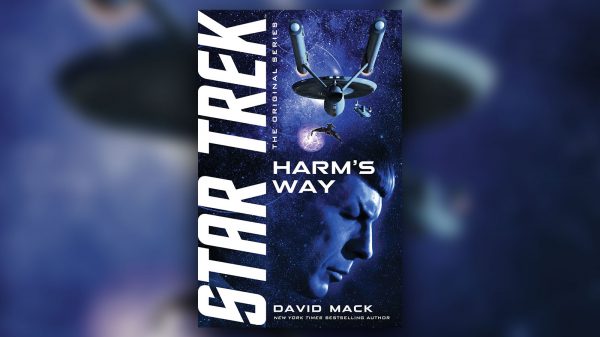
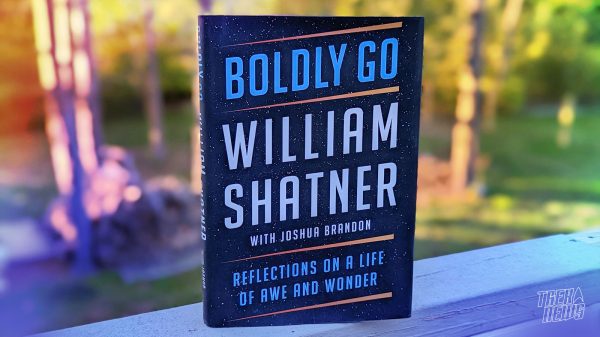
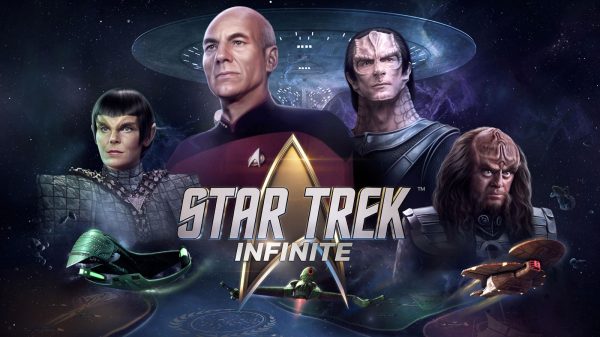
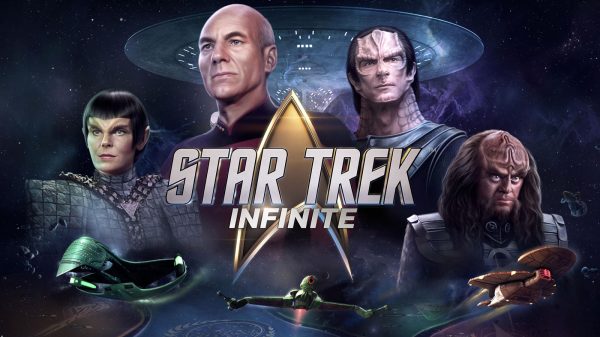
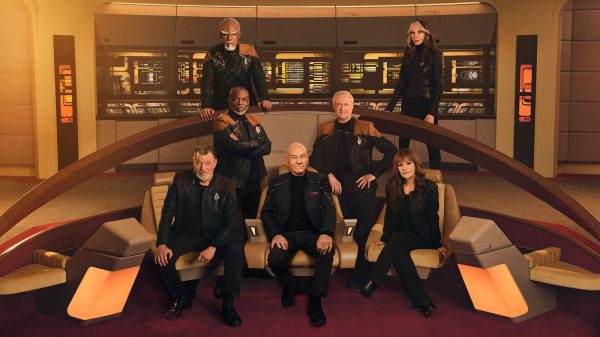
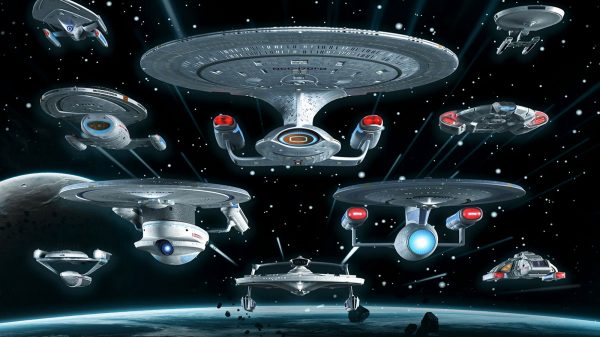
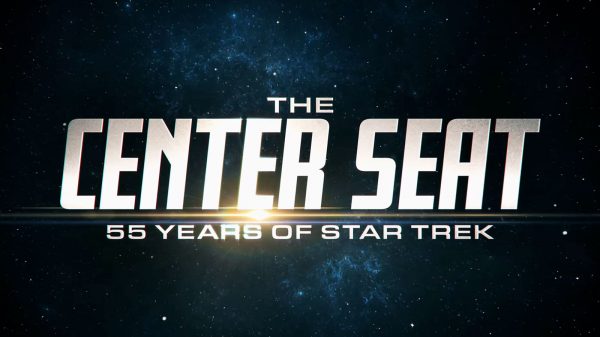
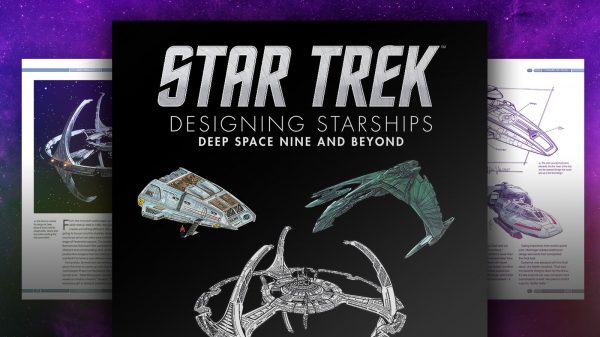
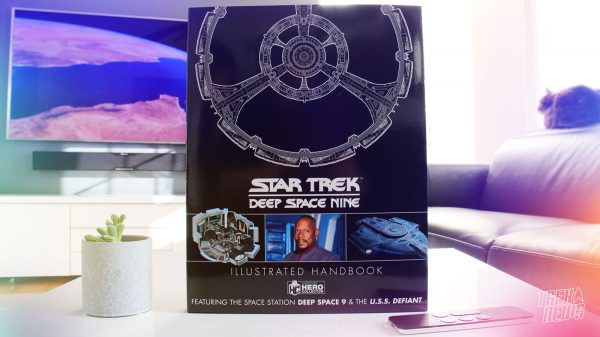
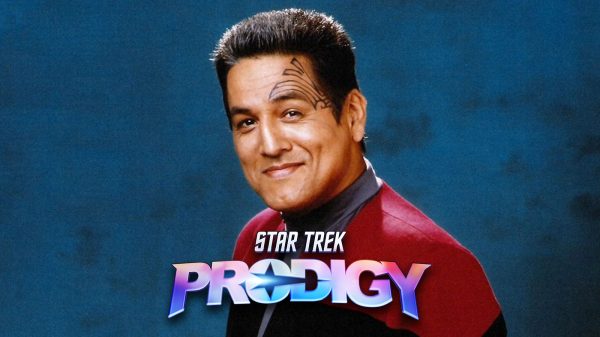
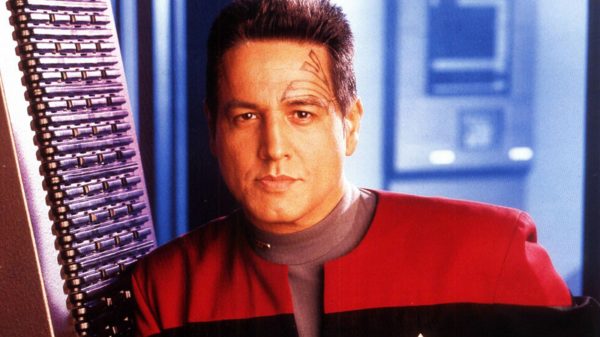

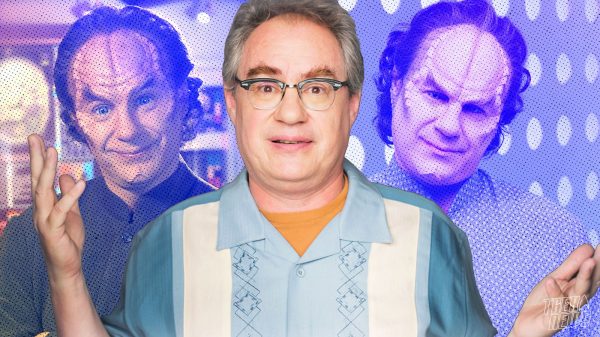
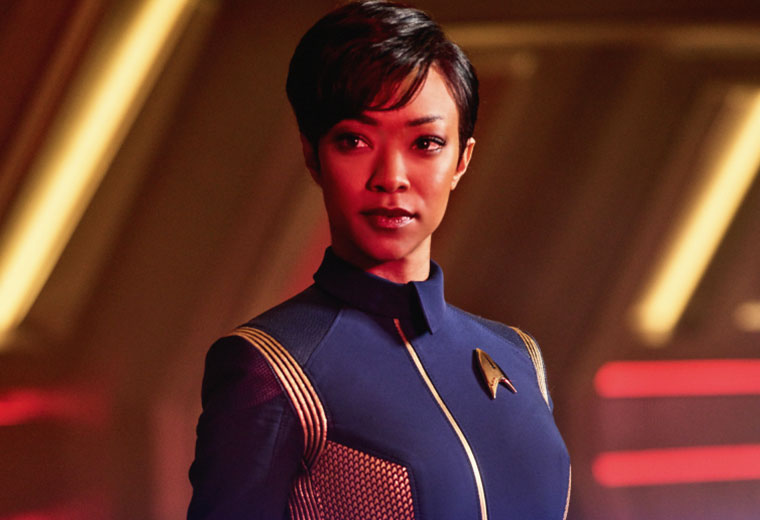
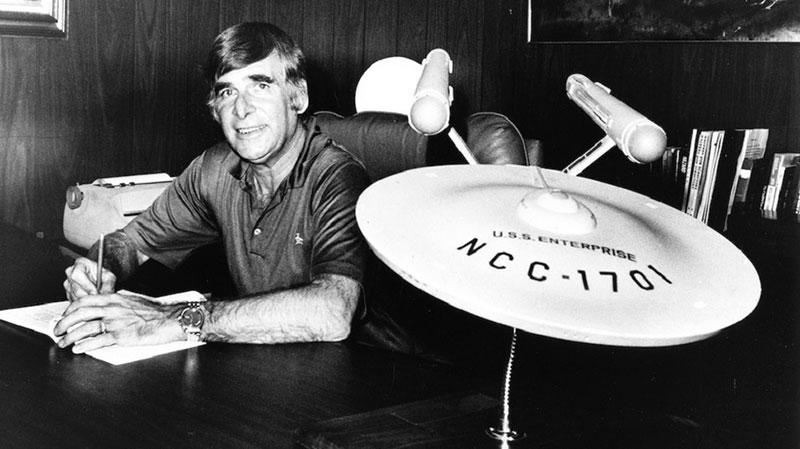
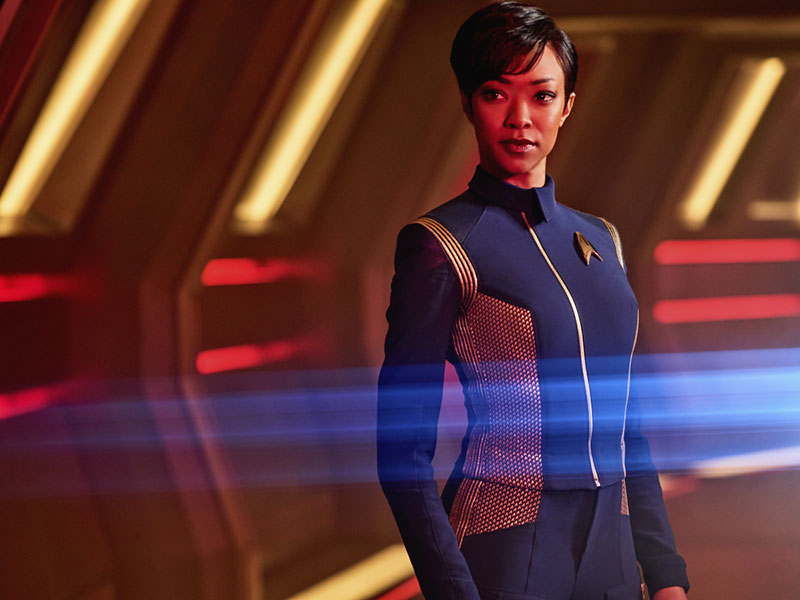

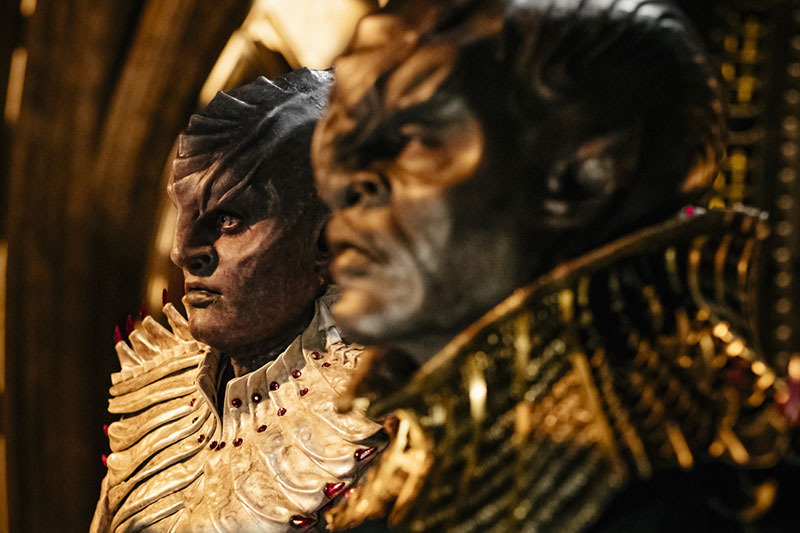
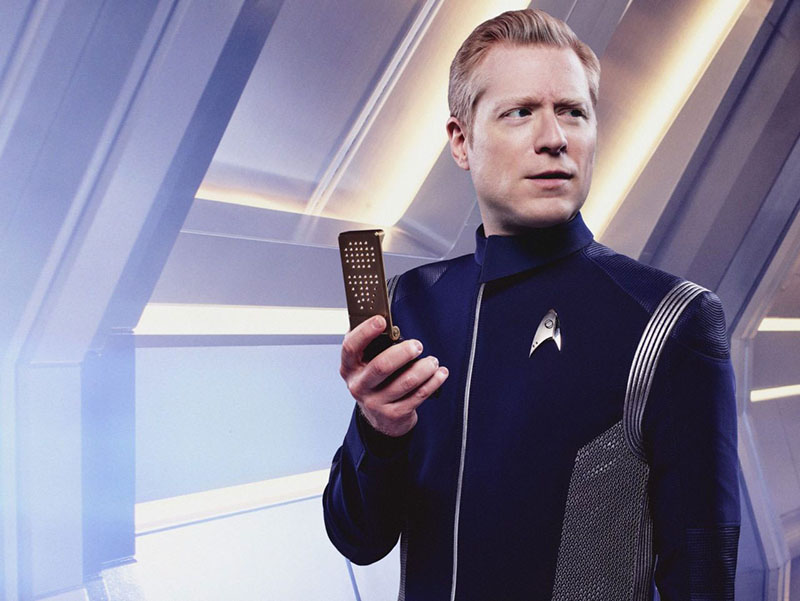
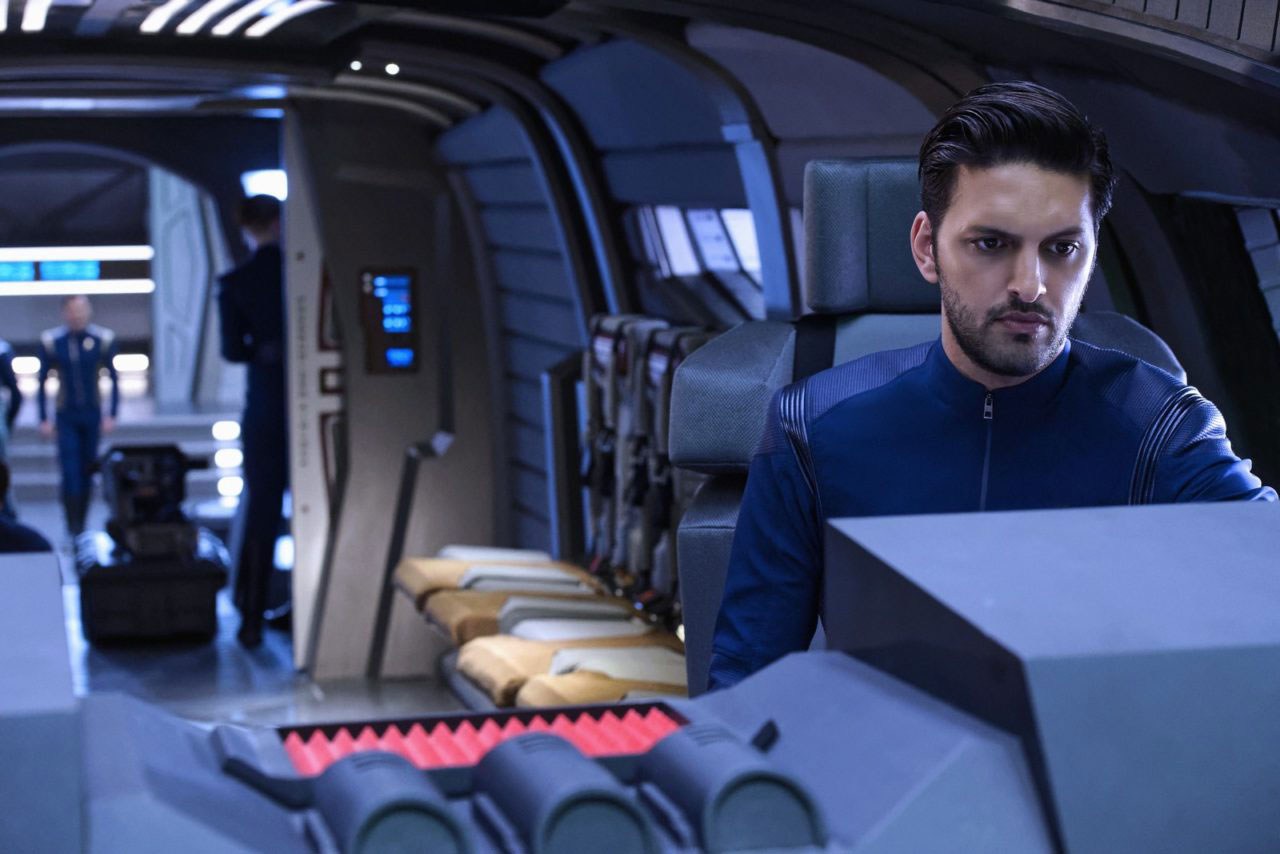


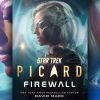

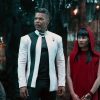
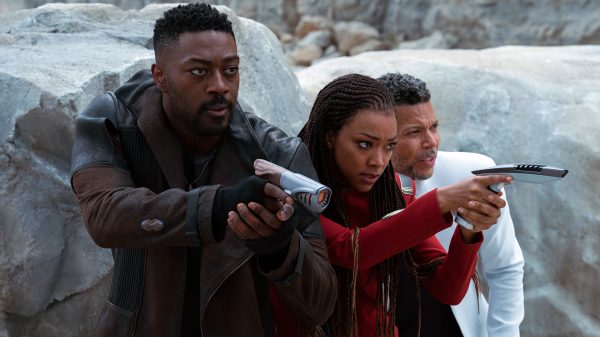
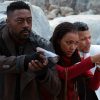
cass ada
October 26, 2017 at 11:41 am
“Many believe [Roddenberry] would not have approved of Section 31 and Sisko’s actions, as well as the way that [Discovery] has started. But to disallow this kind of commentary belies the essence of Star Trek’s vision. I make such a strong case for this argument because it is important that the show be able to reflect the darkness that lies within the heart of man; to expect it to present characters devoid of this inner struggle is intellectually disingenuous. If we are to overcome the dark nature within our hearts, we must recognize that it exists, and we should be willing to accept that this duality exists even in the Picards and Kirks of the Federation.”
What you’re saying here is that darkness lies within the heart of humans by default. I simply don’t accept this, nor do I with my characters in Star Trek. The darkness you speak of isn’t there until some outside situation brings it about. What you may call “intellectually disingenuous” I might call an acceptance of what I’ve just said. Whereas you say “dark nature within our hearts” I’d say the “loving nature within our hearts” because that is what I believe the default position is. As children we don’t hate, we aren’t evil, and we certainly don’t have darkness in our hearts. That comes to some people much later, and I’m sorry – those people are not the best of humanity that Star Trek finds itself focusing on.
Great article BTW. I quite enjoyed it.
CH0S3N
October 26, 2017 at 2:08 pm
“What you’re saying here is that darkness lies within the heart of humans by default. I simply don’t accept this, nor do I with my characters in Star Trek.”
I advise watching “The Enemy Within” episode of TOS and reflect on what the takeaway message is. I think Discovery fits in perfectly once you think about it.
cass ada
November 3, 2017 at 10:32 am
Thanks. I’ll try to watch The Enemy Within again (seen it a few times already) soon as I have time.
Marcus Lim
October 30, 2017 at 12:16 am
It is obvious that darkness lies within the heart of humans by default. See Lord of the flies. Or even in everyday life, why do we lock our cars? It is good that Discovery is embracing this and exploring what it is to be human.
cass ada
November 3, 2017 at 10:32 am
Where I live, people didn’t start locking their cars until the 1990s. If that’s your evidence of darkness being in humans by default (which I reject) then are you saying darkness within human hearts didn’t start happening where I live until the 1990s?
How many babies or children do you know that have darkness in their hearts? Likely none, and that’s because it’s not a forgone conclusion as part of the human condition because it’s not a default for any given person. It’s something that happens over time, depending on upbringing, varying situations, social-economic standing, and many more factors.
“It is good that Discovery is embracing this and exploring what it is to be human.” I admit it’s good to explore what it is to be human. I don’t consider evil to be part of what it is to be human – at least certainly not humanity’s best, which is what Starfleet is. It (darkness) can be a part, for sure, but it’s not always a part of being human. That’s the point I was trying to make… Starfleet isn’t for the former type – it’s for the latter. And that’s what I believe Gene Roddenberry wanted of Star Trek.
JB
October 26, 2017 at 11:56 am
I think this site may be secretly hosting a competition for who can write the most sycophantic STD article.
John Capes
October 26, 2017 at 8:38 pm
Hear Hear!
Mac
October 27, 2017 at 9:34 am
It seems like your feelings are really really hurt. Do you need a tissue?
JB
October 27, 2017 at 9:43 am
You’ve got it all wrong, Mac. I love mental gymnastics. They’re actually more entertaining than the show.
Mac
October 27, 2017 at 9:50 am
OK I was just making sure that you didn’t need a shoulder to cry on. Because you seem super upset. I was worried about you.
yawn
October 27, 2017 at 1:28 pm
I understand you are emotionally invested in DSC, but maybe try being a little less histrionic?
Mac
October 28, 2017 at 11:03 pm
I wasn’t being histrionic. I was trying to show compassion for my friend who was really upset. He is obviously very upset and it’s really cruel of you to call me histrionic when I’m trying to support him through this very tough time.
ziplock9000
October 26, 2017 at 12:39 pm
“Klingon aesthetic”? It’s went FAR beyond aesthetic, they have completely erased or changed fundamental things about Klingons and other things. Stop towing the party line.
Marc Henson
October 26, 2017 at 3:36 pm
Not everyone shares your opinion…you know what that means? It means not all humans are alike…and that goes for Klingons too.
ziplock9000
October 26, 2017 at 10:38 pm
You obviously didn’t read what I said. It goes beyond aesthetics, beyond anything to do with personal opinions or tastes. They changed the fundamental working of everything to do with Klingons, thier history, thier canon.
John Capes
October 26, 2017 at 8:39 pm
Agreed….I share your opinion!
bluntedkid
October 26, 2017 at 7:54 pm
I AGREE 100%!!!!
Trent
October 26, 2017 at 8:03 pm
Listen you like dark Trek fine ,a lot don’t .
Don’t write how it is a worthy entry when it hasn’t proven itself, yet
.The scenario proposed by Sarek to Michael Burnham was one which Spock approved of in “Balance of Terror” – that of firing first and attempting diplomacy later
Really did you watch BOT ?
Remember the vicious attack already committed by the Romulians ?
They had Struck first and killed a lot of people ,spilling a lot of blood ,Spock was recommending not letting them return home to escalate the situation.
Really Not in any way the same .as the Vulcans keeping secret for a few 100 years from The Federation ,how they dealt with the Klingons.
How much easy would Archers first visit and subsequent dealings with the Kingons have been ,if they hadn’t kept that little secret ,but Vulcans were dicks then
.Still doesn’t make sense to keep it a secret ,through the creation of the Federation and even after the Klingons retreated into their space .
Everyone knew that one day they would see the Klingons again .
Matineer
October 29, 2017 at 11:05 am
Don’t understand the no conflict rule. There was plenty of character conflict in both TOS and TNG — no need to change anything. What they have changed in Discovery is to make characters less ethical. That discards the notion of human progress along with technical progress as shown in TOS and TNG — carried over until Discovery. Pretty sure Roddenberry would abhor Section 31. If he was upset about conspiracies in STVI enough to complain, the idea of a Federation dirty tricks organization (in the Fed charter, no less) would have not been welcome. And 31 kind of insults the characters and the audience too. So when Kirk told the Hulkan council the Feds were peaceful, he was lying? Not to mention his negotiations with the Melkots, Organians, or what about Trelane and in TNG, Q. I was watching a dupe in a yellow shirt all those years and didn’t know it. 31 works only from the top down — not to people more advanced than you.